When it comes to parasite cleansing, the goal is clear: get them out.
But what many people don’t realize is that disturbing parasites without preparation can backfire. Instead of leaving the body, some parasites may migrate—moving from the intestines to other tissues or organs when they feel threatened.
This can lead to new symptoms, deeper entrenchment, and more complicated healing.
That’s why prevention is key.
What Is Parasite Migration?
Parasite migration refers to the movement of parasites—like worms, protozoa, or flukes—from one part of the body to another in response to stress, threat, or treatment. Instead of dying or exiting the digestive system, they seek safety elsewhere: the liver, lungs, skin, brain, muscles, even the sinuses.
Migration can happen:
- When strong antiparasitic herbs are used too early
- When the body isn’t detox-ready (blocked pathways, inflamed tissues)
- When parasites are partially weakened but not fully eliminated
- When die-off reactions aren’t supported, allowing toxins to build
Signs Parasites May Be Migrating
- New or shifting symptoms: sudden joint pain, skin issues, blurry vision, sinus pressure
- Strange twitching, crawling, or buzzing sensations in the body
- Worsening neurological symptoms after starting a cleanse
- Itching in new places (ears, scalp, feet)
- Unexplained inflammation or pain in odd areas
How to Prevent Parasite Migration
1. Calm the Nervous System First
Many parasites respond to stress. If the host is anxious or inflamed, parasites become more active and reactive. Begin with nervous system regulation and gentle anti-inflammatory support.
2. Open All Drainage Pathways
Before using strong herbs, ensure the body’s elimination systems are moving:
- Bowel movements at least once a day
- Sweating, urinating, and moving lymph
- Liver and bile flowing freely (bitters, dandelion, castor oil packs)
3. Start with Immobilizers
Certain herbs or supplements help paralyze or sedate parasites before attacking them:
- Mimosa pudica seed
- Clove and black walnut (in moderation)
- Freeze-dried garlic or allicin
- Calm-inducing herbs like lemon balm or skullcap
4. Use Binding Agents
Binders like activated charcoal, bentonite clay, or fulvic/humic acid help soak up toxins and byproducts that could otherwise make parasites panic and scatter.
5. Move Slowly and Cyclically
Avoid blasting the body with a full kill protocol too soon. Instead:
- Work in gentle cycles
- Monitor symptoms
- Pause if signs of migration appear
Final Thought
Killing parasites is only one part of the story. The other is making sure they don’t run and hide—or make things worse on their way out.
Clearing parasites requires presence, patience, and preparation. If done with care, it can bring tremendous relief and clarity. But if rushed, it can stir the system and cause more harm than healing.
Start gently. Stay curious. And remember—how you detox is just as important as what you take.
If you’re planning a parasite cleanse—or already in one—and want to prevent migration or flare-ups, I can help you build a safer, more effective plan.








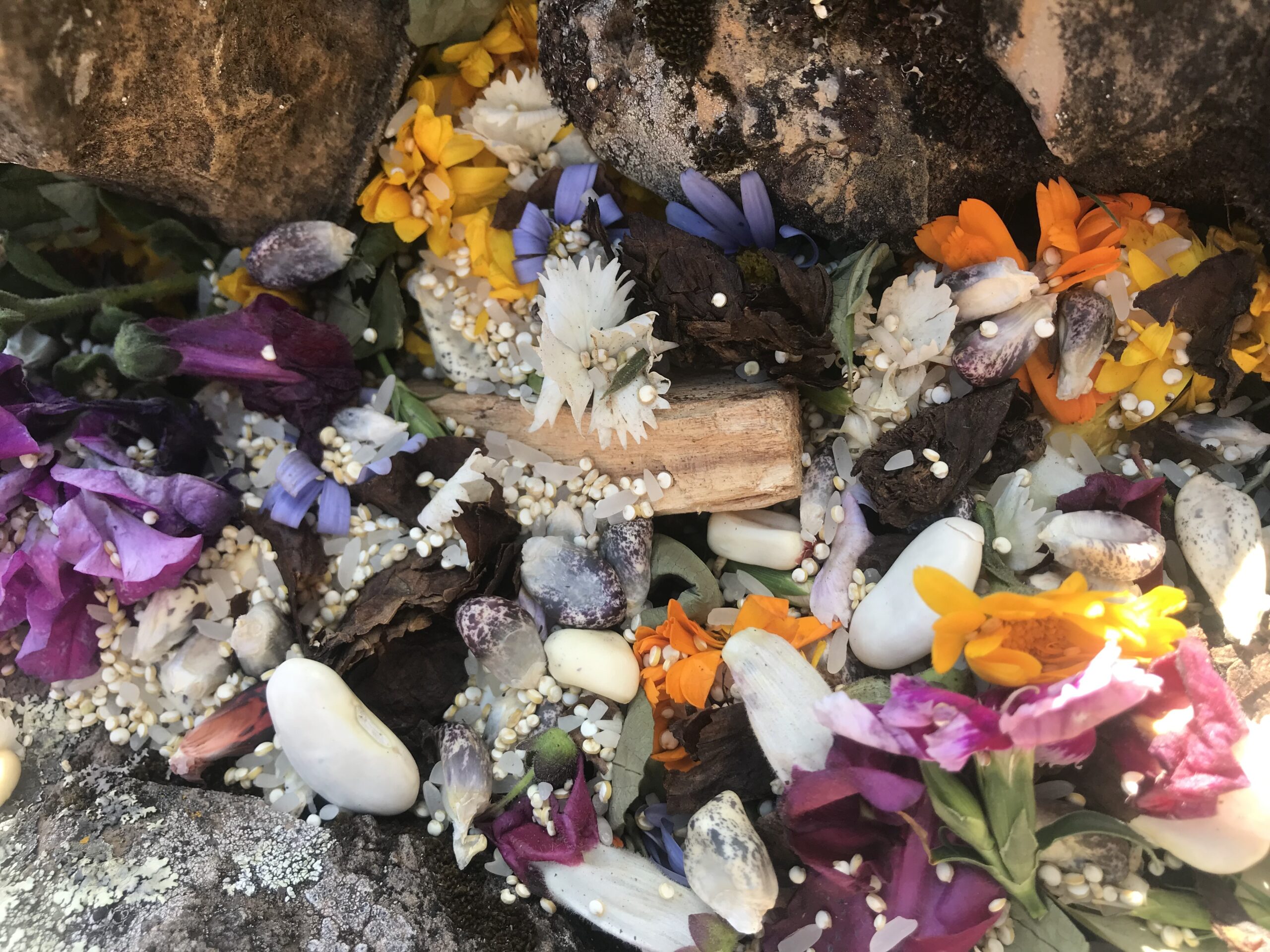

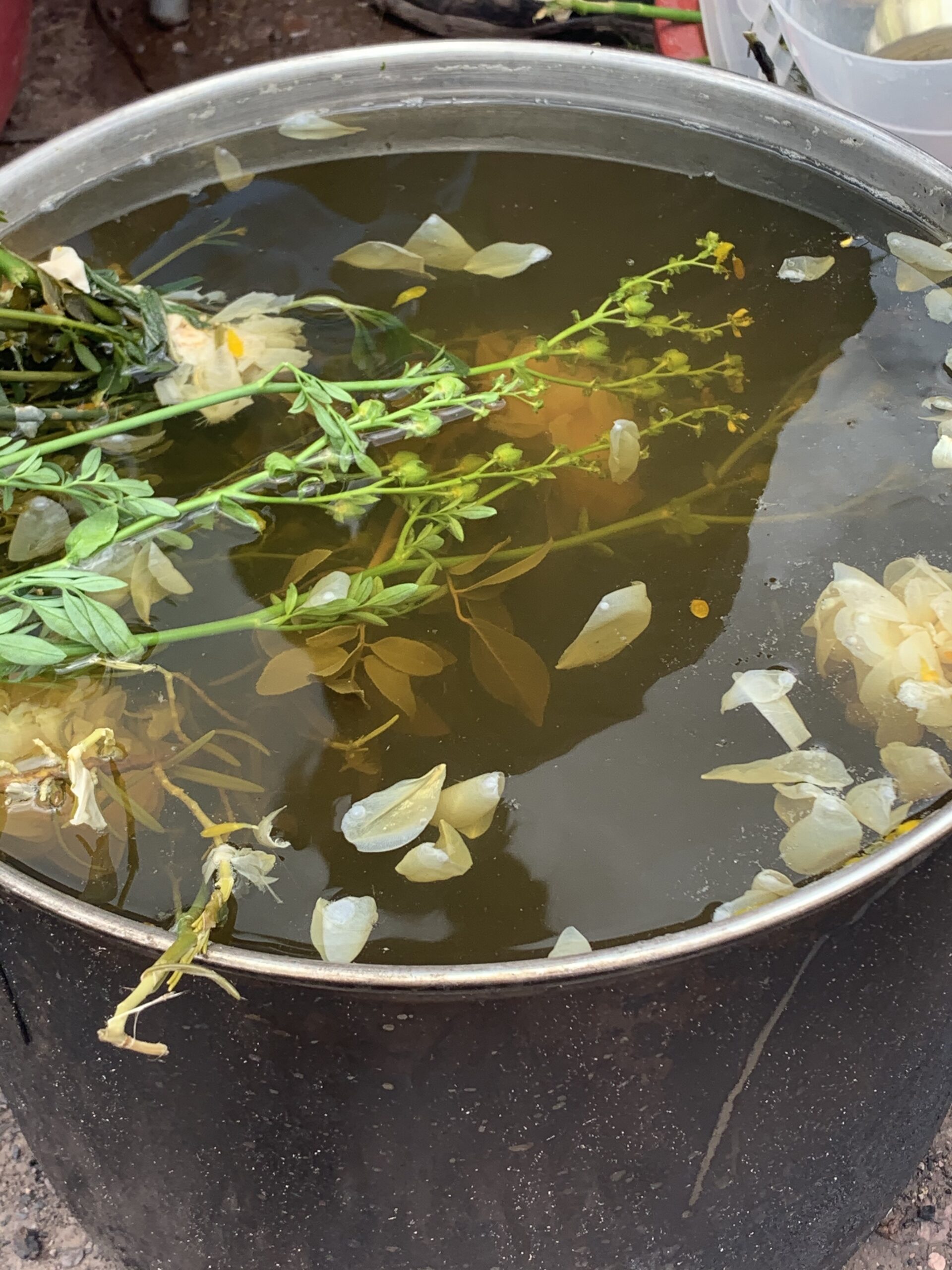

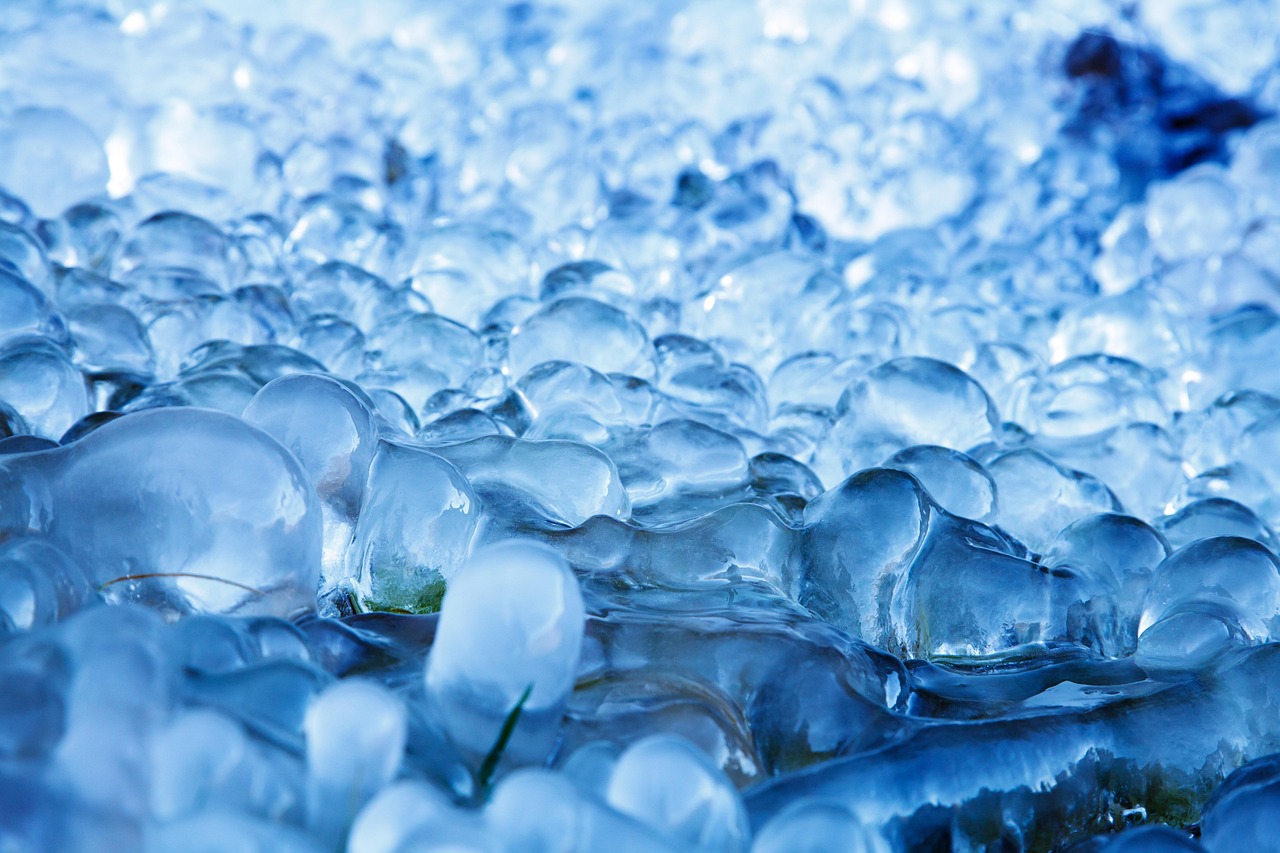


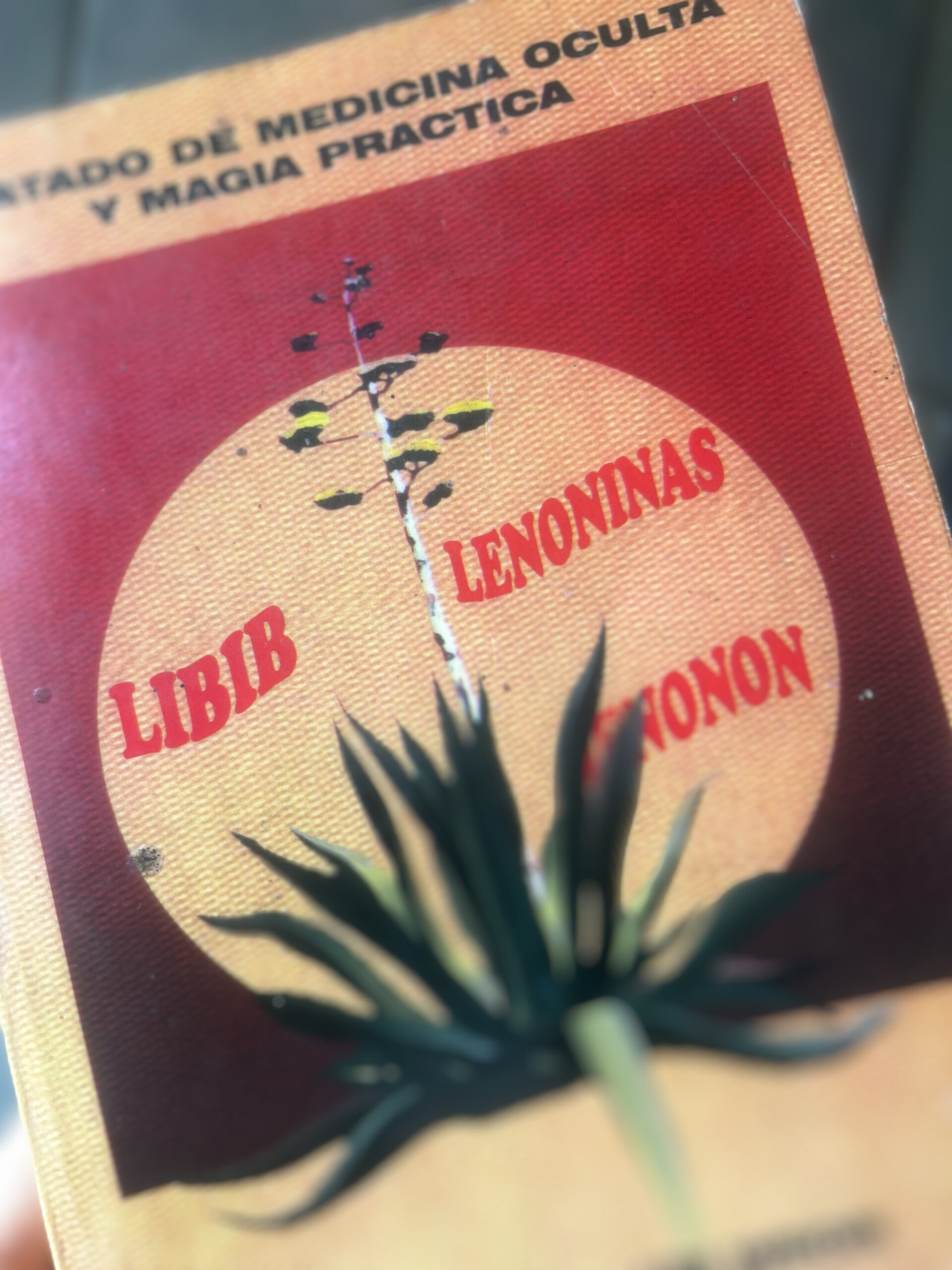
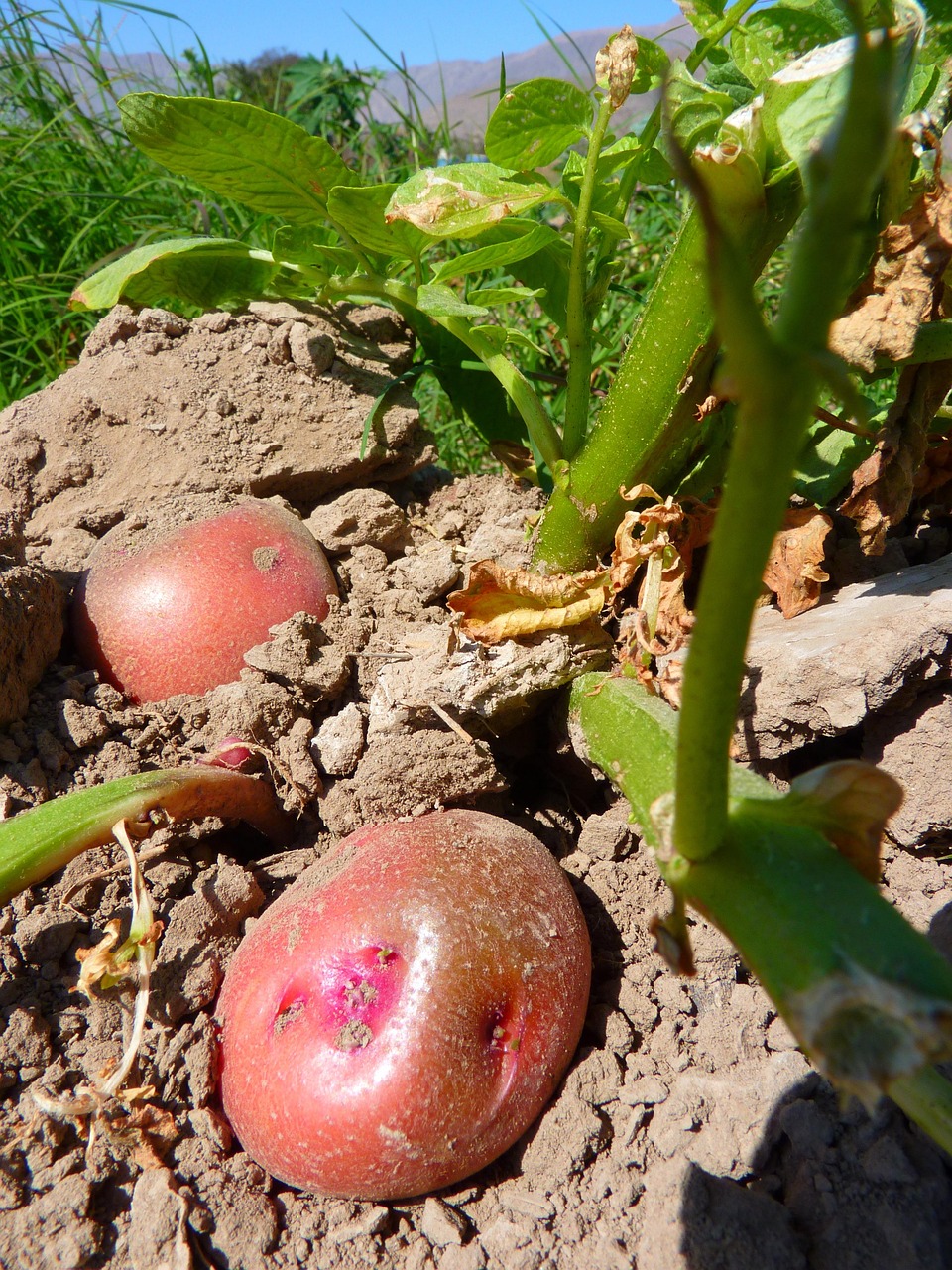
Leave a Reply